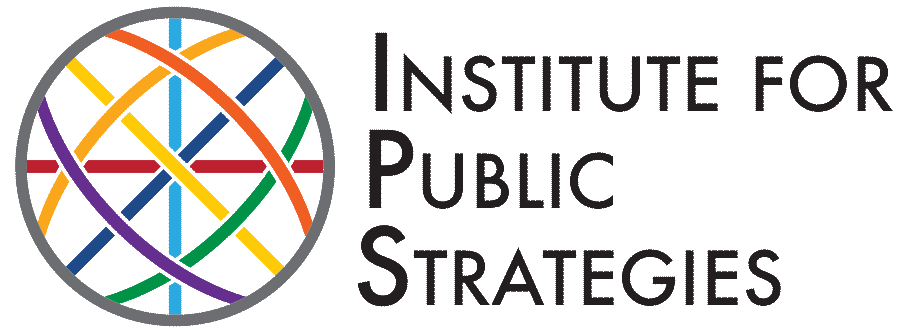Geographic information systems helping southwest U.S. Mexico border residents improve health and safety
Partnerships 4 Success project addresses conditions that lead to disadvantages and offers solutions, especially among Latinx population
SAN DIEGO, July 2020 – Efforts are under way for San Diego’s border region to increase chances at a better quality of life, particularly among the Latinx population. Led by the Institute for Public Strategies (IPS), the Partnerships 4 Success (P4S) project brings together public health, law enforcement, education, community-based organizations and elected officials to help the border communities in San Diego County most in need of services.
The coalition is creating solutions that strengthen the resiliency of underserved populations and marginalized communities through a five-year grant by the Substance Abuse and Mental Health Services Administration (SAMHSA), a branch of the U.S. Department of Health and Human Services.
The border region is a multicultural blend of art, heritage and music. Despite this rich cultural diversity, many residents there often do not have the same opportunities to achieve a standard of living as their counterparts in other areas of San Diego County.
Communities near the U.S.-Mexico border have a large number of economically disadvantaged residents with the lowest household incomes and education in the county.
Geographic information systems (GIS) is playing an important role in helping P4S address health inequities in the region. The team has identified the neighborhoods most in need of intervention by creating a map that depicts the Hardship Index, Child Opportunity Index and the percentage of the Latinx population.
“No child should ever have to live a substandard quality of life because of the color of their skin,” Brittany Hunsinger, P4S program manager said. “A ZIP code should never determine the health, educational experience and life expectancy of anyone.”
The fact that this is happening along the border is no coincidence since the region’s population is majority Latinx. Where a person lives matters. It matters in the quality of education; the accessibility of good nutrition; transportation; exercise and health services; and economic opportunities to sustain a living wage.
Neighborhoods that have historically been marginalized and that have suffered from racism and injustice are the least likely to be invested in. They experience more symptoms of poverty, high school dropout rates, and heavy alcohol and drug use.
These factors lead to community trauma and toxic stress. For children, this harm can lead to diminished cognitive brain development, mental health issues, substance misuse and other long-lasting consequences that can cost taxpayers millions of dollars in health care expenses.
“Since P4S is funded for substance abuse prevention, our goals include reducing underage drinking, methamphetamine use and opioid misuse because residents are more prone to these challenges along the border,” Hunsinger said. “We are going way upstream determining where the health inequities and disparities exist geographically that contribute to these behaviors.”
“That includes zoning in on those ZIP Codes where they seem to collect and figuring out what is coming together to make it so severe and what we can do to make a difference in five years,” she said.
IPS partners in the P4S project include the San Diego County Alcohol Policy Panel; Binge and Underage Drinking Initiative of San Diego County; San Diego County Prescription Drug Abuse Task Force; San Diego County Meth Strike Force; San Diego Countywide Media Advocacy project; Southwest Community College District; Mending Matters; Healthy Chula Vista Initiative; Outdoor Outreach; San Diego County District Attorney’s Office; Scripps Health; U.S. Drug Enforcement Administration; San Ysidro Health; Live Well San Diego; South Bay Community Services; and McAlister Institute.
For more information, visit the P4S website at sdp4s.org.


